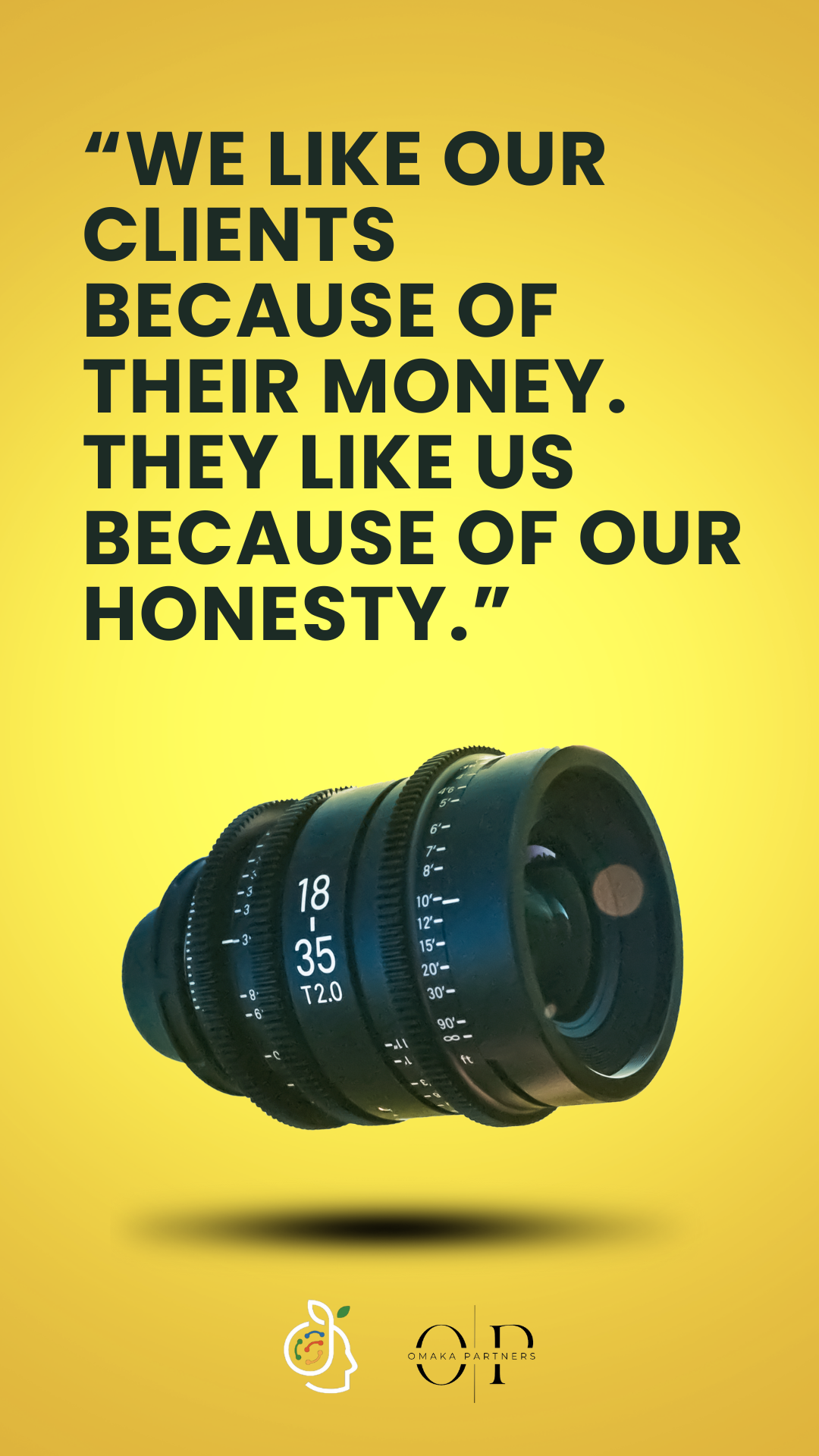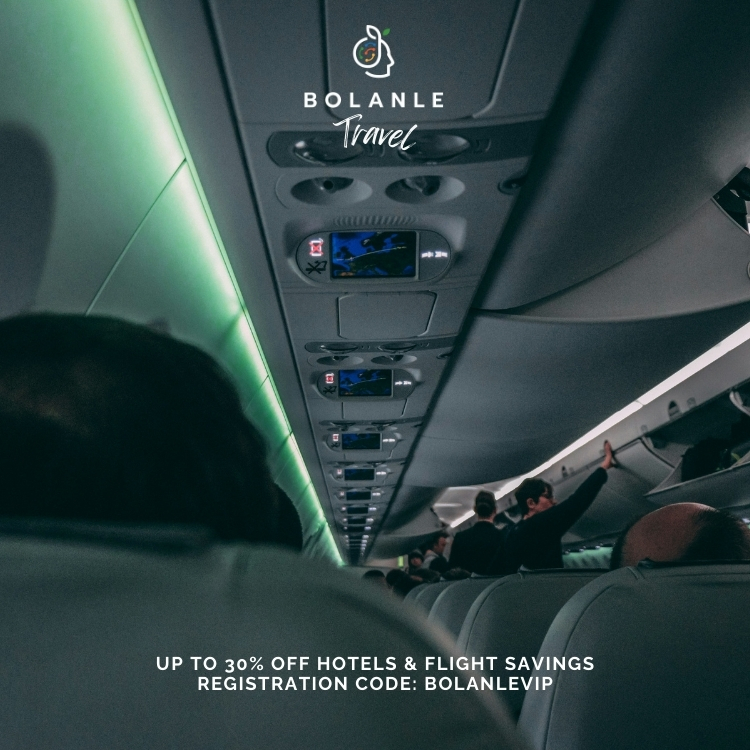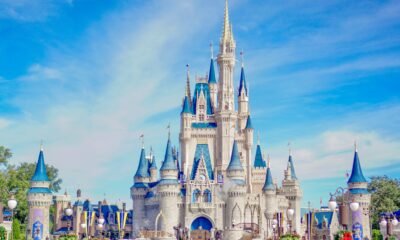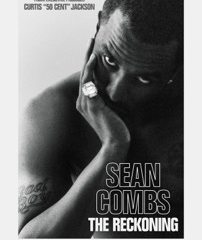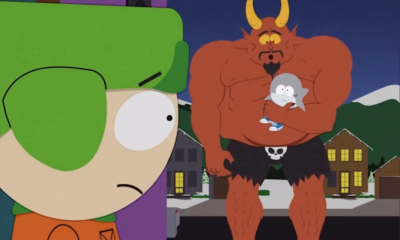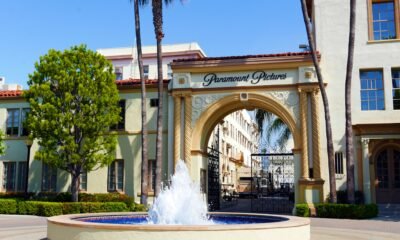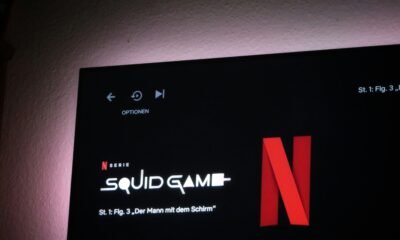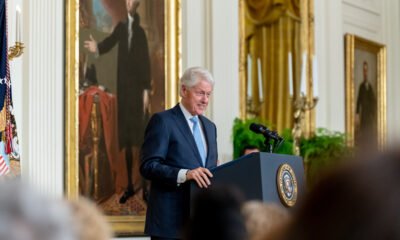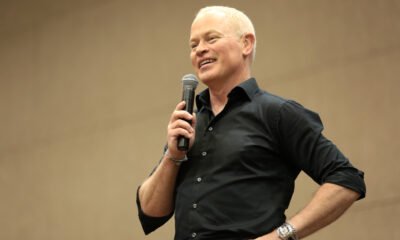Advice
Mastering Pacing for Compelling Storytelling
Introduction to Pacing in Film
Pacing is a fundamental aspect of filmmaking that directly influences how a story unfolds and engages its audience. It refers to the rhythm, speed, and timing of narrative events in a film, significantly impacting the viewer’s emotional response and overall experience. Effective pacing ensures that the film maintains momentum, balancing moments of tension with periods of reflection. This dynamic interplay helps in sustaining the audience’s interest, drawing them into the narrative right from the opening scene to the final credits.
The significance of pacing extends beyond mere timing; it acts as a storytelling device that shapes the audience’s perception of the plot. A well-paced film can create suspense, evoke excitement, or induce calm, depending on the desired emotional response. For instance, during high-stakes moments, filmmakers often employ quick cuts and rapid dialogue to heighten tension and urgency. In contrast, slower pacing, characterized by extended shots and deliberative dialogue, can convey intimacy or contemplation, allowing the audience to connect more deeply with the characters and themes.
Building Tension and Suspense
Effective storytelling in film relies heavily on the creation of tension and suspense, crucial elements that grip the audience’s attention. Directors and screenwriters employ various techniques to weave these components through their narratives, ensuring that viewers remain engaged and invested in the unfolding story. A primary strategy is the escalation of stakes, whereby the potential outcomes of events become increasingly severe as the plot progresses. By raising the stakes, filmmakers foster an environment of uncertainty, prompting the audience to ponder the consequences and outcomes for the characters involved.
Another technique commonly used is the implementation of plot twists, where unexpected developments shift the story’s trajectory, often leading to revelations that can shock and intrigue viewers. These twists serve to heighten suspense, leaving audiences anxious to discover the characters’ fates while also encouraging them to re-evaluate earlier events in the narrative. Similarly, cliffhangers, particularly at pivotal moments, can maintain this suspenseful momentum by leaving critical questions unanswered as the story transitions between scenes or episodes. This device effectively keeps audiences on the edge of their seats, eager for resolution.
Strategic pacing also plays a vital role in amplifying tension and suspense throughout a film. Directors often manipulate the rhythm of the storytelling—using quick cuts during action sequences, for instance, to create a sense of urgency or employing elongated takes to draw out critical moments. This careful orchestration of pace not only builds anticipation but also enhances emotional responses, allowing audiences to fully experience the gravity of the situation depicted on screen. By combining rising stakes, unexpected twists, cliffhangers, and thoughtful pacing, filmmakers create an atmosphere of suspense that captivates viewers, making them yearn for the next development in the narrative. Ultimately, these techniques are essential in ensuring a gripping viewing experience that lingers in the audience’s mind long after the credits roll.
Manipulating Audience Emotions
Pacing is an essential element in storytelling, video production, and various forms of content creation. It plays a critical role in shaping how an audience feels throughout a narrative. By adjusting the speed at which a story unfolds, creators can effectively manipulate their audience’s emotions, creating a powerful connection that keeps viewers engaged and invested in the material presented. The relationship between pacing and emotional engagement is intricate, as different speeds evoke varying responses that can significantly alter the audience’s experience.
For instance, a slow pace allows for deeper emotional exploration, giving time for the audience to process and connect with the characters or themes. This technique can elicit feelings of melancholy or nostalgia, particularly in scenes that dwell on loss or reflection. By lingering on moments, creators can amplify feelings of sadness or longing, making these emotions more palpable. On the other hand, a hastened pace can generate feelings of excitement or anxiety. Rapid cuts, quick dialogues, and fast-moving plot points can create a sense of urgency, prompting a heightened emotional response. This kind of pacing is often utilized in action sequences to evoke adrenaline and thrill, compelling the audience to stay on the edge of their seats.
Moreover, varying the speed within a single narrative can enhance emotional depth. Alternating between slow, reflective moments and rapid, intense sequences can create a dynamic rhythm that keeps the audience engaged while allowing for a multifaceted emotional journey. Tension can be built through slower pacing that leads to sudden bursts of action, creating a rollercoaster of emotions that captivates and resonates. Understanding the profound impact of pacing in eliciting emotional responses is a valuable tool for content creators aiming to hook their audience effectively.
Balancing Action and Dialogue
In storytelling, the balance between action and dialogue is a crucial element that affects pacing and audience engagement. Successful narratives often intertwine these two components to maintain interest while ensuring that the storyline remains coherent and compelling. Achieving harmony between action sequences and dialogue scenes can significantly enhance the overall reading or viewing experience, creating a rhythm that captivates the audience.
Action sequences, when executed effectively, can propel the narrative forward and evoke a sense of urgency. However, an overabundance of action without sufficient dialogue may overwhelm the audience or lead to fatigue. In contrast, dialogue positions characters in a relatable context, allowing for emotional connection and development. Therefore, it is essential to find an optimal pacing that intersperses intense action moments with reflective dialogue, allowing the audience to process what they have experienced.
Pacing can be utilized to create tension and anticipation. For example, a high-stakes action scene may be followed by a dialogue sequence that allows characters to grapple with the consequences of their decisions. This not only provides a breather for the audience but also deepens the emotional impact of the narrative. Additionally, transitioning smoothly between these elements can maintain the audience’s interest, as they are simultaneously engaged by the excitement of action and the depth of character interactions.
Dialogue can also serve to build suspense, with character exchanges revealing relevant information or foreshadowing upcoming events. By skillfully balancing action and dialogue, writers ensure that the pacing facilitates the story’s progression, keeping the audience on the edge while inviting them to invest emotionally in the characters’ journeys. The strategic use of pacing offers a dynamic storytelling experience, where both action and dialogue contribute meaningfully to the narrative arc.
Creating Dramatic Pauses
Dramatic pauses play a pivotal role in film pacing, serving as a powerful tool for directors and screenwriters aiming to enhance storytelling. When strategically employed, these pauses can significantly amplify the emotional weight of critical moments. By inserting well-timed breaks in dialogue or action, filmmakers grant the audience space to absorb essential information or grapple with powerful emotions. This intentional pacing allows viewers to connect more deeply with the narrative, facilitating a more immersive experience.
In scenes overflowing with tension, a pause can act as a pressure valve, allowing the audience to process what has transpired. For instance, after a significant reveal, a quiet moment can intensify the impact of the revelation, transforming it into a memorable beat that resonates with the audience long after the scene has concluded. Such moments provide a rhythm to the storytelling, enhancing not just the individual scenes but the overall flow of the film.
A dramatic pause also enriches character interactions, elevating the stakes of dialogues. When a character hesitates—deliberately breaking their speech with silence—it hints at internal conflict or emotional turmoil, offering subtle cues that add depth to their portrayal. This silent moment can create tension, intrigue, or empathy, allowing viewers to invest more fully in a character’s journey.
Moreover, pauses do not only have to occur during dialogue; they can also serve as a backdrop to crucial plot developments. Whether during a pivotal action sequence or a reflective moment, the absence of sound or motion can draw the viewer’s attention to specific elements, reinforcing the themes or messages of the film. When harnessed effectively, the art of creating dramatic pauses not only underscores pivotal moments but ultimately contributes to a more compelling and resonant cinematic experience.
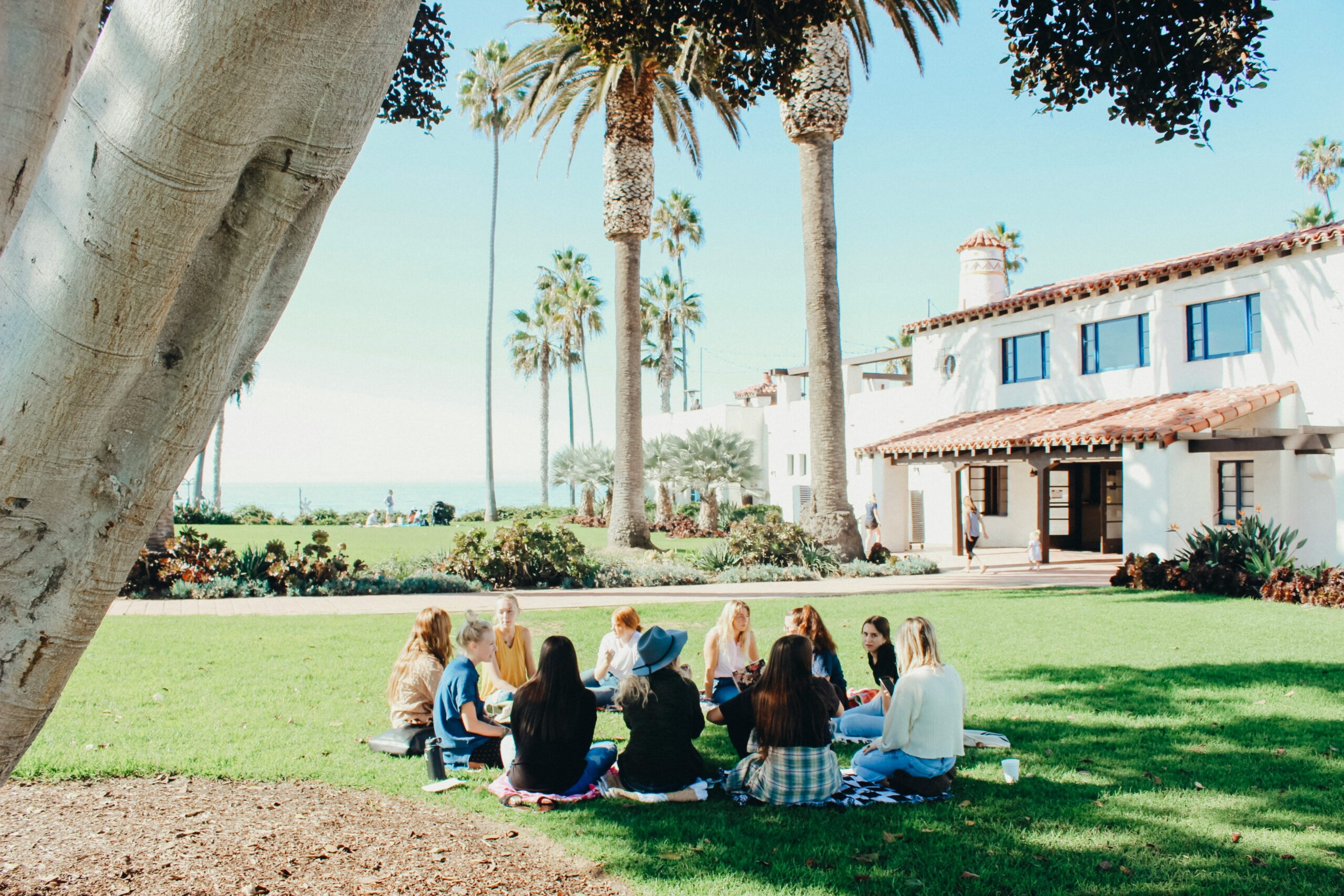
Case Studies: Iconic Films and Their Pacing Techniques
Effective pacing is an essential element in crafting a compelling narrative within film, enabling filmmakers to manipulate audience emotions and engagement. Several iconic films exemplify mastery over pacing, employing various techniques that amplify suspense, emotion, and narrative flow.
One striking example is Alfred Hitchcock’s “Psycho.” The infamous shower scene serves as a pinnacle of expert pacing, combining rapid cuts with a haunting score to build tension. As Marion Crane prepares for a moment of vulnerability, the increasing tempo of the editing creates a sense of urgency. The sudden shift to violence, presented through quick, jarring images, leaves viewers shocked and breathless, perfectly illustrating how adept pacing can enhance fear and surprise in storytelling.
Another noteworthy case is Christopher Nolan’s “Dunkirk,” which strategically interweaves three narratives occurring over different time frames: one hour, one day, and one week. This unique approach to pacing creates an overall sense of urgency and tension that keeps viewers on edge. As these stories converge, the interplay of timelines amplifies the emotional stakes and highlights the chaos of war, demonstrating that effective pacing can unify disparate elements within a single storyline.
Furthermore, Quentin Tarantino’s “Pulp Fiction” employs non-linear storytelling as a means of pacing, where scenes are arranged in a non-chronological order. This technique invites audiences to piece together the narrative, creating a sense of suspense and curiosity about how events intersect and influence one another. The varying lengths of scenes also contribute to shifts in rhythm, providing both tension during intense moments and respite during quieter scenes.
These examples from iconic films underscore the importance of pacing in shaping viewer experience. By skillfully manipulating tempo, tension, and narrative structure, filmmakers can create memorable cinematic moments that resonate long after the credits roll.
Understanding Audience Reactions to Pacing
Pacing is a critical element in storytelling, particularly in film, where it serves to shape audience engagement. Different audiences can react in varied ways to pacing techniques, often influenced by a host of psychological factors. Cultural backgrounds, personal experiences, and the genre of the film can all intertwine to affect how pacing is perceived and its overall impact on the viewer.
From a psychological perspective, pacing can establish emotional resonance or disconnect. For example, audiences familiar with high-paced action films may be less tolerant of slower narratives, associating such pacing with boredom or lack of engagement. Conversely, viewers who favor drama or character studies may appreciate a deliberate tempo that allows for the development of complex emotions and narratives. Understanding these disparate reactions is essential for creators aiming to meet audience expectations while delivering a compelling story.
Moreover, cultural influences can dictate the preferred pacing in films. In cultures that prioritize rapid communication and instant gratification, such as many Western societies, quicker transitions and dynamic sequences may be favored. On the other hand, audiences from cultures with storytelling traditions that embrace slower, more methodical development may respond positively to a steadier pace. This awareness can guide filmmakers in crafting narratives suitable to diverse viewer demographics, allowing them to anticipate and satisfy varying audience preferences.
Personal experiences also play a significant role in how pacing is perceived. An audience member’s past encounters with specific genres can shape expectations—those familiar with suspense thrillers might respond differently to pacing than those who primarily watch romances. Ultimately, recognizing the multifaceted nature of how audiences react to pacing can enhance storytelling strategies and enable filmmakers to draw their viewers deeper into the narrative experience.
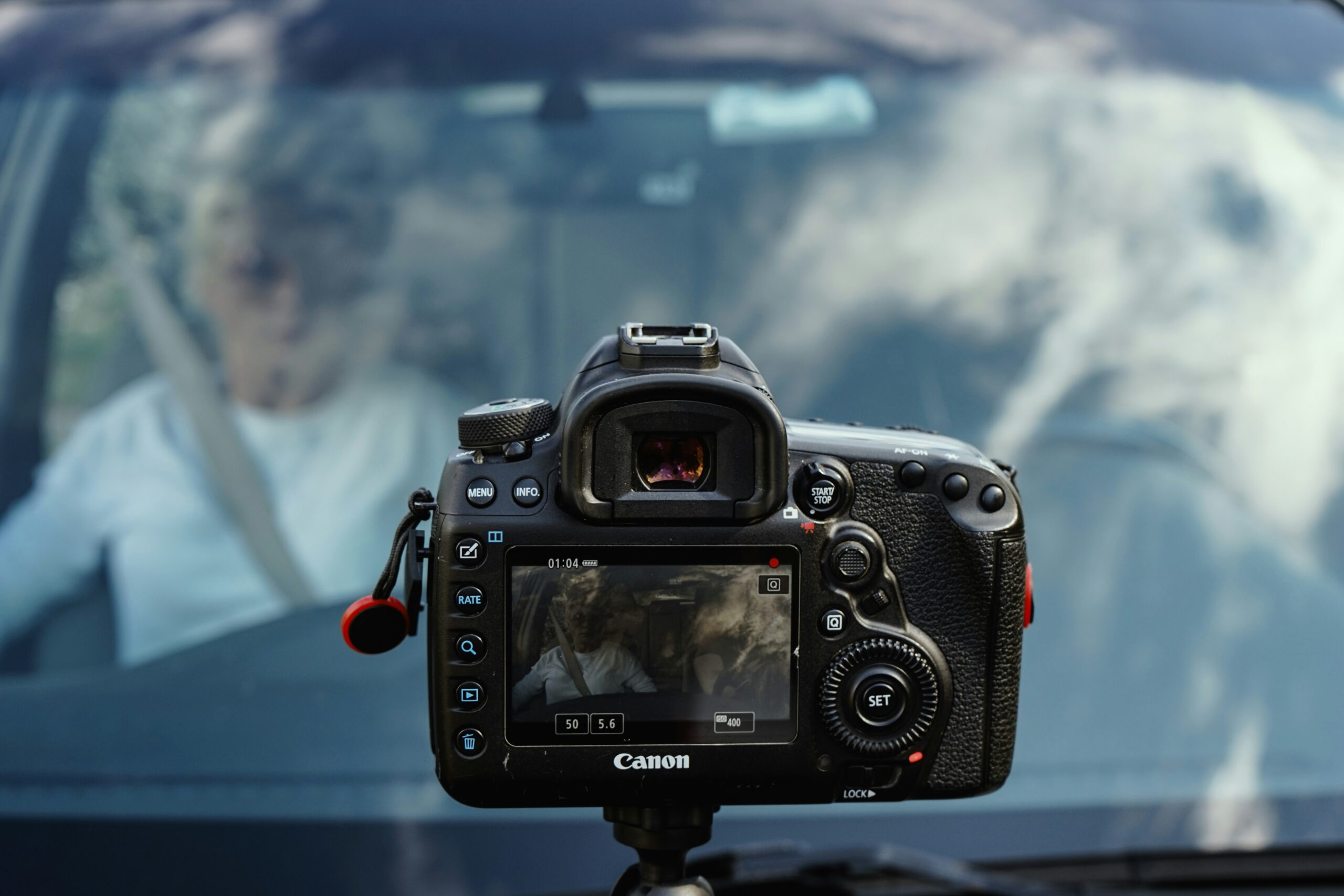
The Director’s Role in Effective Pacing
In the realm of filmmaking, the director plays a pivotal role in establishing the pacing that influences how an audience engages with a story. This responsibility manifests through an intricate collaboration with the editors, cinematographers, and writers, each contributing uniquely to the film’s rhythm. The director’s vision shapes not just the narrative but also the tempo that can accelerate emotions or offer moments of reflection, creating a dynamic viewing experience.
A director must communicate effectively with editors to ensure that the film’s cuts align with the intended pacing. Editors possess the technical skills and perspective needed to trim scenes, adjust timing, and craft transitions that flow seamlessly while reinforcing the emotional weight. The director provides guidance on what specific moments need emphasis or should be understated, allowing the editor to create a narrative pace that aligns with the thematic elements present in the film.
Furthermore, the director’s collaboration with cinematographers is vital in crafting pacing through visual storytelling. Shots must be carefully planned to convey urgency or calm, often through the use of camera angles, movements, and framing. A director’s intuition about how to capture a scene can dictate the pacing: whether to use a rapid sequence of close-ups during action scenes or longer takes for introspective moments, these choices affect how viewers perceive time within the narrative.
Writers, too, play an integral role in pacing. The script they create sets the groundwork, determining structural pacing through dialogue, narrative arcs, and scene transitions. Directors work alongside writers to refine these elements, ensuring that each line and action contributes cleverly to the pacing of the film, ultimately guiding the emotional responses elicited from the audience. Together, this collective effort harnesses the power of pacing, leading to a cohesive and engaging film experience.
Conclusion: Mastering Pacing for Impactful Storytelling
Pacing is a fundamental element in film narrative that greatly influences audience engagement and emotional response. Throughout this discussion, we have explored various techniques that can enhance pacing, such as rhythm, timing, and the strategic use of suspense and tension. Each of these elements plays a vital role in shaping the viewer’s experience and ensuring that the story resonates on a deeper level.
The importance of pacing cannot be overstated; it serves as the backbone of storytelling, connecting viewers to the narrative and its characters. By manipulating the pace of a film, filmmakers can create moments of intensity or relief, seamlessly guiding the audience through the emotional highs and lows of the story. A well-paced film captivates and maintains audience interest, compelling them to invest in the narrative journey.
Moreover, mastering pacing contributes to the overall flow of the film, allowing for smoother transitions between scenes and sequences. This seamless movement not only enhances comprehension but also fortifies the continuity of the story. Pacing techniques, such as the use of slow-motion during crucial moments or rapid cuts to escalate tension, can leave a memorable impact, ensuring that a film lingers in the audience’s mind long after viewing.
Ultimately, filmmakers aiming to craft engaging stories must pay careful attention to the intricacies of pacing. By employing the various techniques discussed, they can manipulate time and rhythm to captivate their audience fully. Mastery of pacing is not merely about timing; it is about creating an emotional landscape that resonates, ensuring that the story is not just seen but felt. With mindful pacing, filmmakers can truly elevate their narratives, leaving lasting impressions that endure in the minds of their viewers.
Bolanle Media is excited to announce our partnership with The Newbie Film Academy to offer comprehensive courses designed specifically for aspiring screenwriters. Whether you’re just starting out or looking to enhance your skills, our resources will provide you with the tools and knowledge needed to succeed in the competitive world of screenwriting. Join us today to unlock your creative potential and take your first steps toward crafting compelling stories that resonate with audiences. Let’s turn your ideas into impactful scripts together!
Advice
How AI Is Forcing Everyone Into the Entrepreneur Game
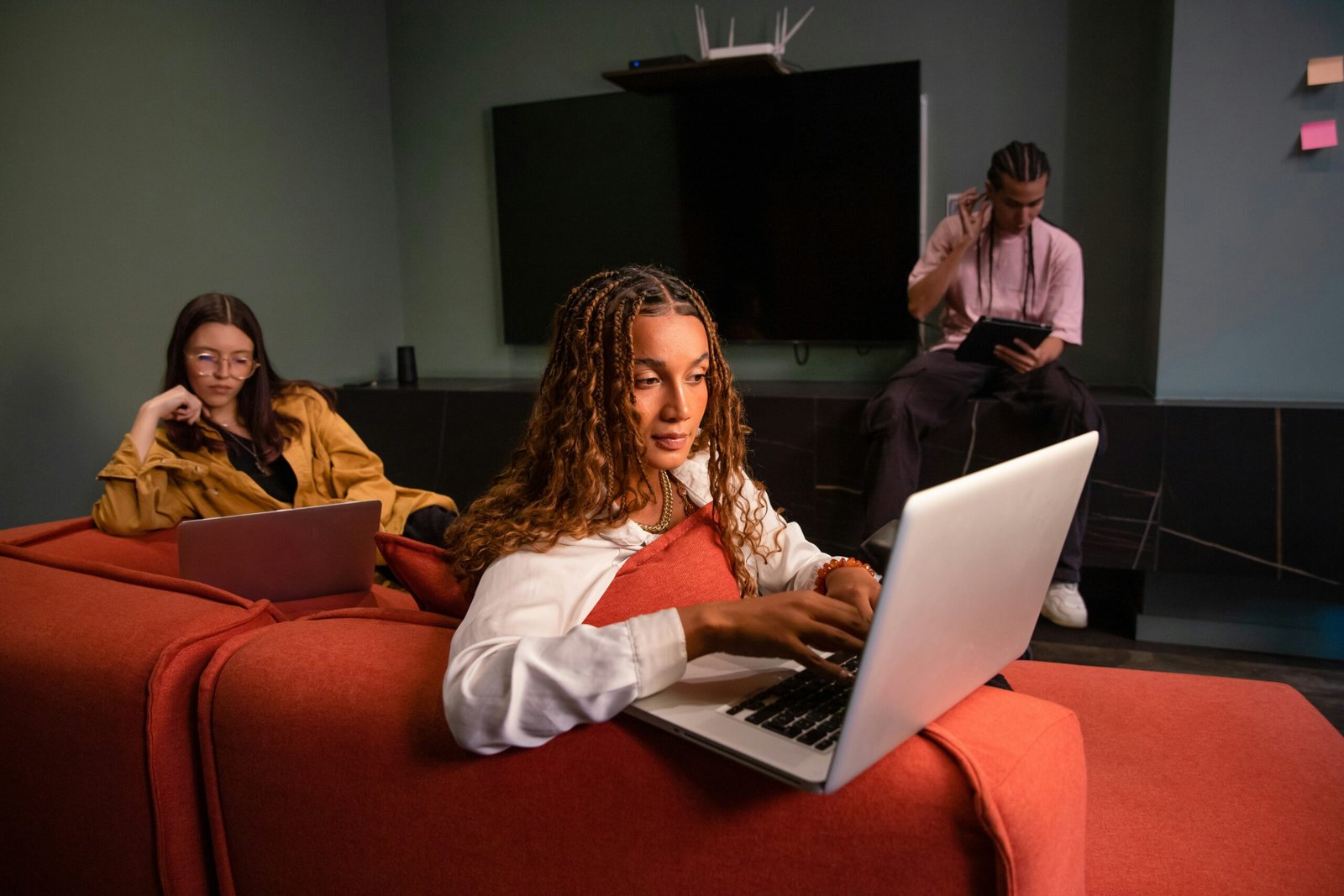
Remember when having an ordinary job felt safe? Those days are over. The arrival of artificial intelligence isn’t just automating tasks—it’s blowing up the very idea of job security and ushering in an era where adaptability and entrepreneurship aren’t optional, they’re survival skills. Welcome to the new game. Average is automated, and now, everyone needs to think—and act—like an entrepreneur.
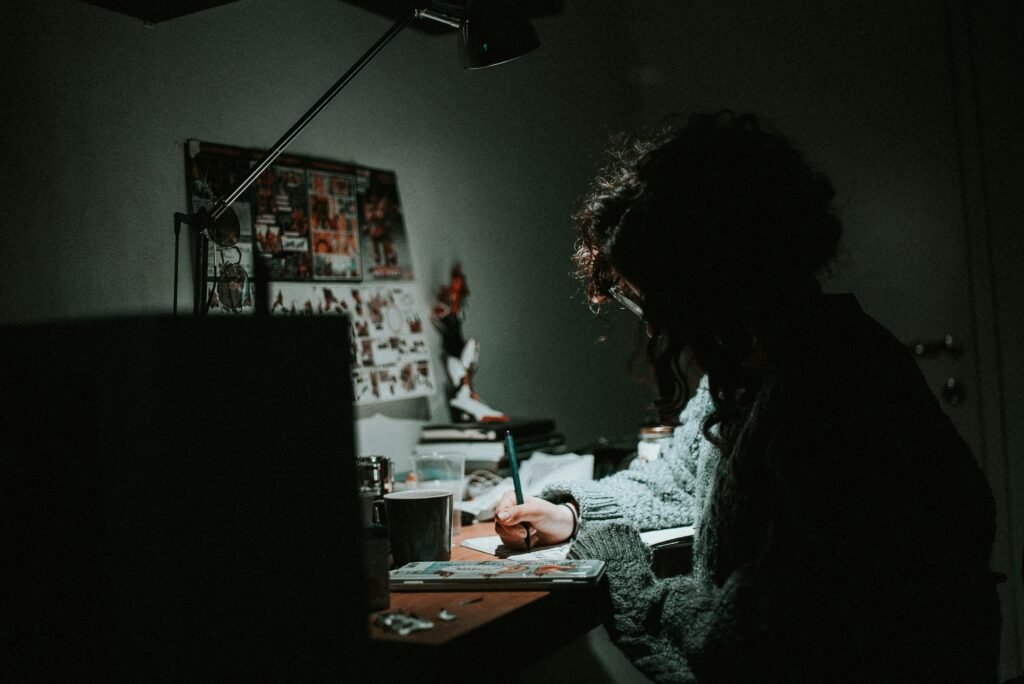
AI Isn’t Coming—It’s Already Here (And It’s Taking Jobs)
It’s not sci-fi anymore. By 2025, AI and automation are expected to displace as many as 85 million jobs worldwide, from customer service roles to entry-level tech positions, with 13.7% of U.S. workers already reporting being replaced by robots or AI-driven systems. Young people are especially hard-hit: tech unemployment among 20- to 30-year-olds has jumped 3% this year alone in AI-exposed roles. And the impact isn’t slowing down. Analysts say up to 60% of jobs in advanced economies could see tasks automated in the near future, with 30% of workers fearing outright replacement.
Why Average Isn’t Enough Anymore
The old industrial world ran on “the bell curve”—reliably rewarding the middle. If you were competent, you were comfortable. But in the digital age, AI is programmed to do average things perfectly and instantly. Now, the top 10%—the specialists, the creators, the difference-makers—snap up 90% of the rewards, while the rest get left behind.
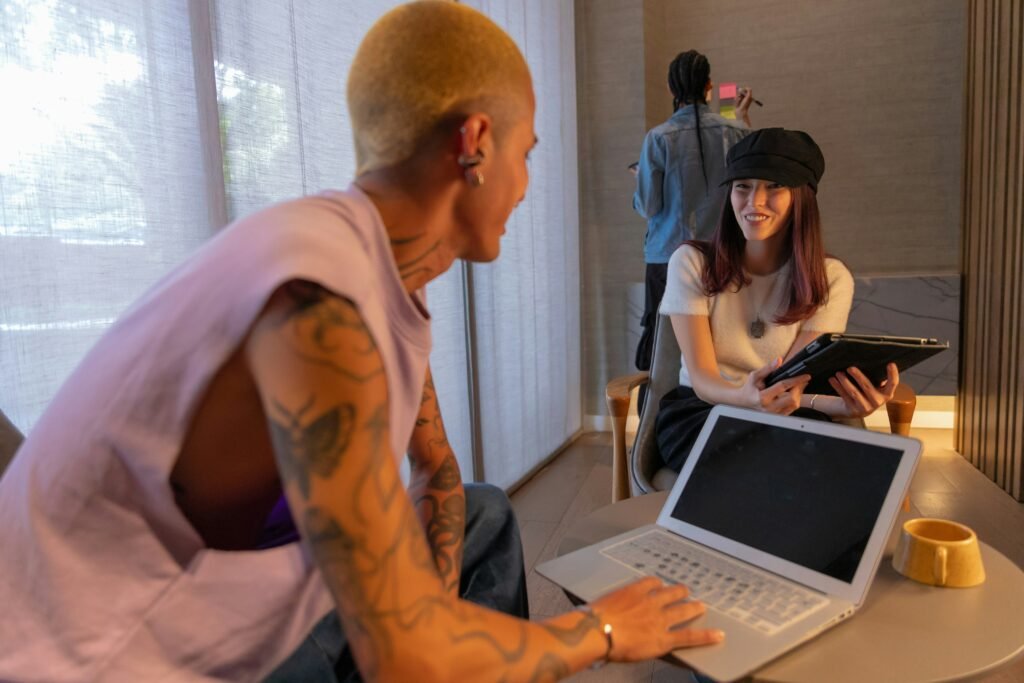
Enter: The Entrepreneur Game
Here’s the twist: being entrepreneurial isn’t just about starting a business. It’s about building a personal brand, mastering a specialty, and continually learning or creating something valuable that AI can’t easily duplicate. Tech isn’t killing opportunity—it’s changing what it looks like.
- 20 million Americans now expect to retrain for new, more creative or tech-forward careers in the next three years.
- The fastest-growing “jobs” are digital and entrepreneurial: creators, consultants, coaches, prompt engineers, content strategists, AI-human collaboration experts, and niche community builders.
- Nearly half of companies that adopted AI are now automating roles, but they’re also creating demand for new skills and products almost overnight—a perfect playground for entrepreneurial thinking.
Survival Guide: How to Play (and Win) the New Game
- Pick Your Niche: Get laser-specific. Being “good at business” is out. Being the best at “helping consultants automate YouTube marketing with AI tools” is in—and global.
- Build Digital Assets: Write, film, code, design, research—create things that can scale, sell, and build your brand, wherever you are.
- Stay Adaptable: Reskill, upskill, and don’t be afraid to jump into new industries. Today’s winners are the ones who can pivot quickly and ride the next wave, not cling to what worked last year.
- Own Your Audience: Whether it’s a newsletter following, a YouTube channel, or a private Slack group, your future depends on connecting with people who value what you do—AI can’t compete with real, human influence.
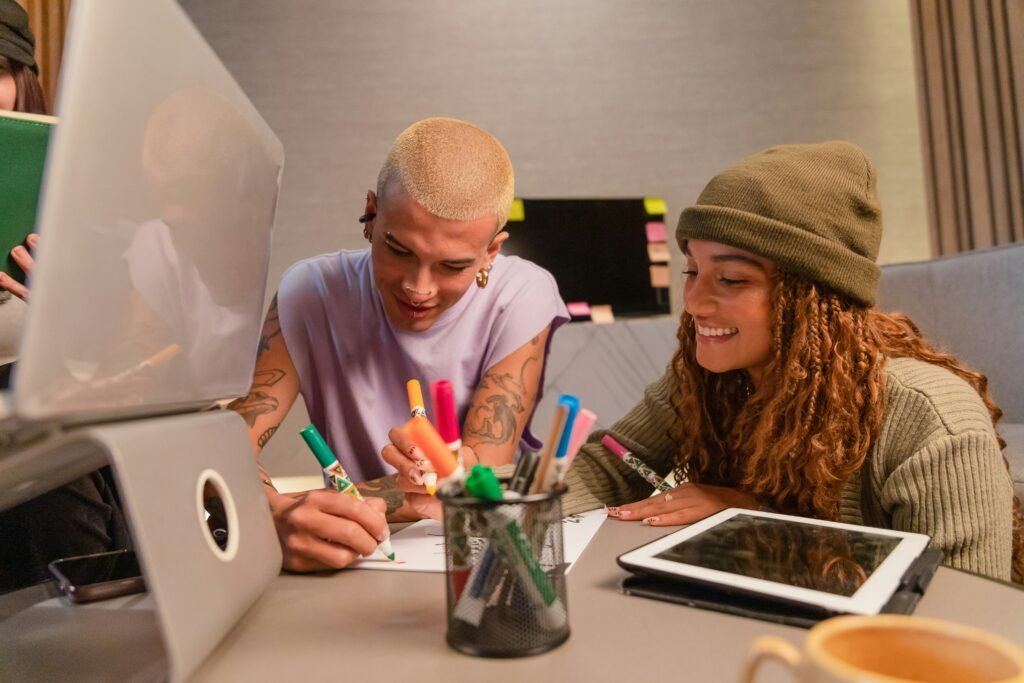
Bottom Line
AI didn’t just move the goalposts—it changed the field. Being “average” is now a risk, not a guarantee. The winners in this new economy aren’t waiting for work to come to them—they’re proactively creating, collaborating, and cashing in on the skills, products, and experiences AI can’t touch. The entrepreneur game isn’t just for founders anymore. Ready or not, it’s for everyone.
Advice
How to Make Your Indie Film Pay Off Without Losing Half to Distributors
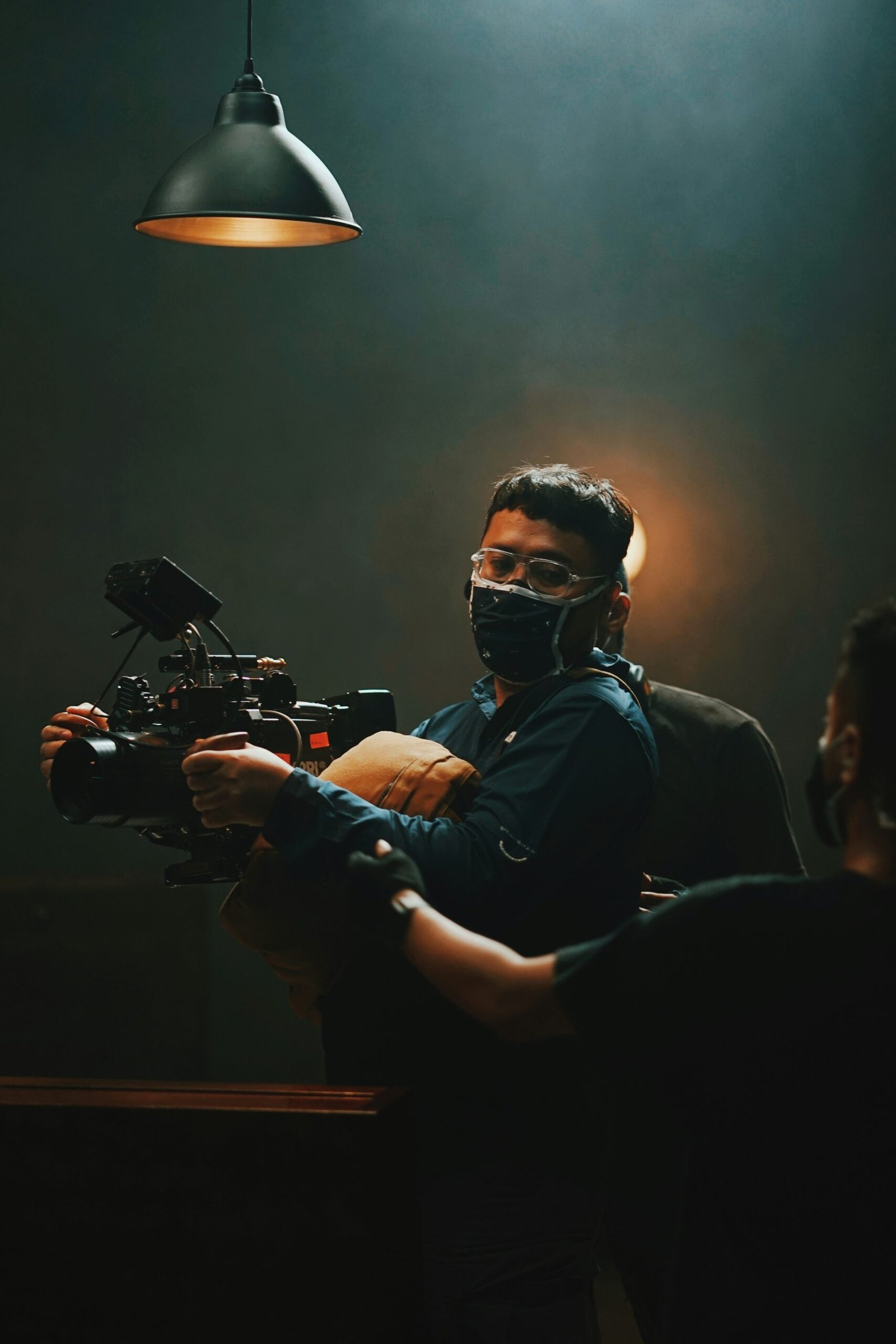
Making an independent film is often a labor of love that can take years, countless hours, energy, and a significant financial investment. Yet, for many indie filmmakers, the hardest part is recouping that investment and making money once the film is finished. A common pitfall is losing a large portion of revenue—often half or more—to sales agents, distributors, and marketing expenses. However, with the right knowledge, strategy, and effort, indie filmmakers can maximize their film’s earnings without giving away so much control or profit.
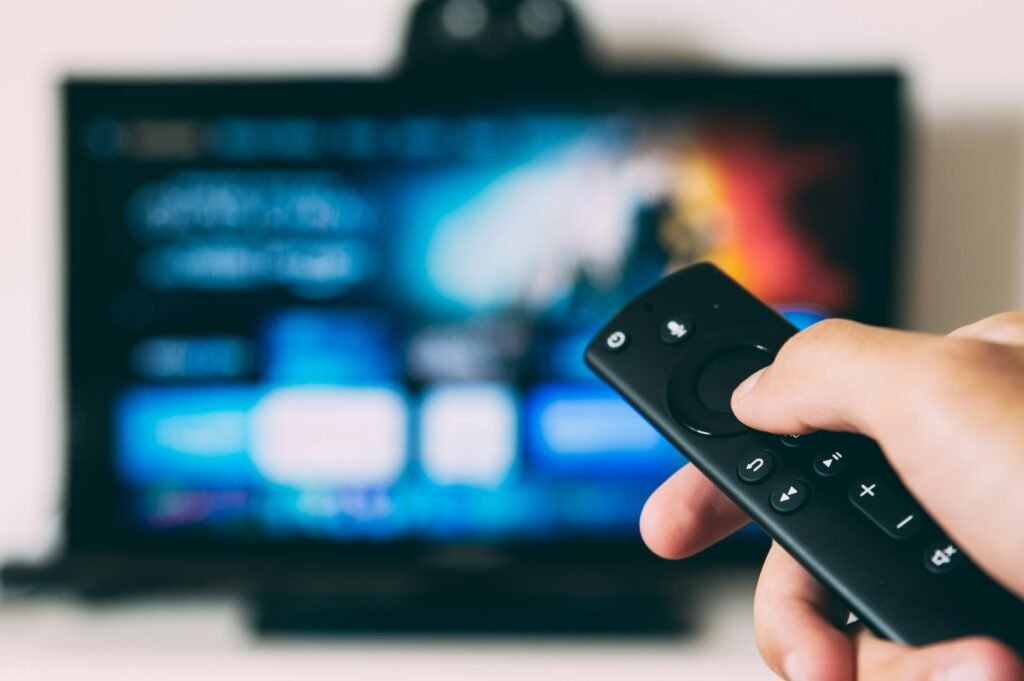
Here is a comprehensive guide to keeping more of your film’s revenue and ensuring your film gets the audience and financial return it deserves.
Understanding the Distribution Landscape
Most indie filmmakers traditionally rely on sales agents and distributors to get their films to audiences. Sales agents typically take 15-20%, and distributors can take another 20-35%, easily cutting your revenue share by half right from the start. Additionally, marketing costs that may be deducted can range from a few thousand to upwards of $15,000, further eating into profits. The accounting is often opaque, making it difficult to know how much you truly earned.
Distributors nowadays tend to focus on worldwide rights deals and use aggregators to place films on streaming platforms like Amazon, Apple TV, and Tubi. These deals often do not fetch the best revenue for most indie filmmakers. Many distributors also do limited outreach, reaching only a small number of potential buyers, which can limit the sales opportunities for your film.
Becoming Your Own Sales Agent
One of the most important shifts indie filmmakers must make today is to become their own sales agents. Instead of relying entirely on intermediaries, you should learn the art and business of distribution:
- Research and build an extensive list of distributors worldwide. Top filmmakers have compiled lists of hundreds of distributors by country and genre. Going wide increases your chances of multiple revenue deals.
- Send personalized pitches to hundreds of distributors, showcasing your finished film, cast details (including social media following), genre, logline, and trailer. Ask if they want to see the full feature.
- Don’t settle for a single distributor or a big-name company that may not prioritize your film. Instead, aim for multiple minimum guarantees (MGs) from niche distributors in individual territories like Germany, Japan, and the UK.
- Maintain transparent communication and track every outreach effort carefully.
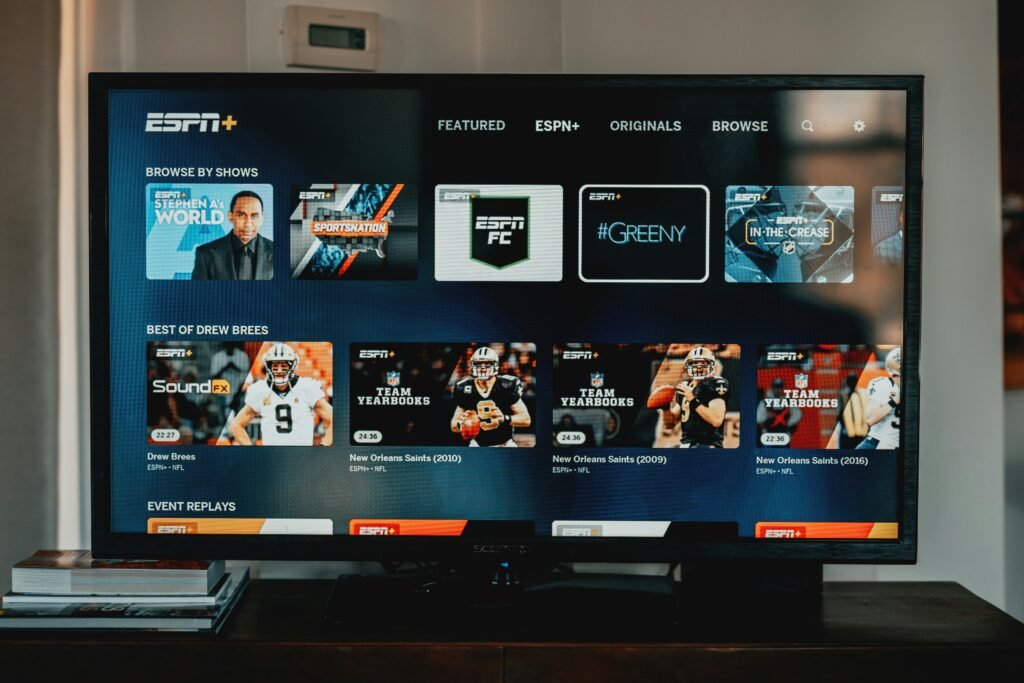
Pitching and Marketing Tips
When pitching your film:
- Highlight key genre elements and target audience since distributors are often risk-averse and look for specific film types.
- Include social media metrics or fanbase counts, which can make your film more attractive.
- Provide a strong one-minute trailer and a concise logline.
- Be prepared for rejections; even a 5% positive response rate is success.
Marketing is also crucial and can’t be left solely to distributors. Understanding and managing your marketing efforts—or at least closely overseeing budgets and strategies—ensures your film stands out and reaches viewers directly.
Self-Distribution and Hybrid Models
If traditional distribution offers no appealing deals, self-distribution can be a viable option:
- Platforms like Vimeo On Demand, Amazon Prime Direct, and YouTube allow you to upload, price, and market your film directly to audiences while retaining full creative and revenue control.
- Aggregators like Filmhub and Quiver help place self-distributed films on multiple streaming services, often for a reasonable fee or revenue share.
- The hybrid distribution model combines some traditional distribution deals with self-distribution, maximizing revenue streams, audience reach, and control over your film’s destiny.
Takeaway: Be Proactive and Entrepreneurial
The indie filmmaking world is now as much about entrepreneurship as artistry. Knowing distribution essentials, taking ownership of your sales process, and actively marketing your film are no longer optional—they are key for financial success.
By investing time in outreach, exploring multiple territories, securing minimum guarantees, and considering hybrid or self-distribution approaches, indie filmmakers can keep more of their earnings, increase their film’s audience, and avoid being sidelined by opaque deals and slim returns.
The days of handing your film over to a distributor and hoping for the best are gone. The winning formula today is to be your own sales agent, marketer, and advocate—empowered to make your indie film pay off.
Advice
How to Absorb Books 3x Faster in 7 Days
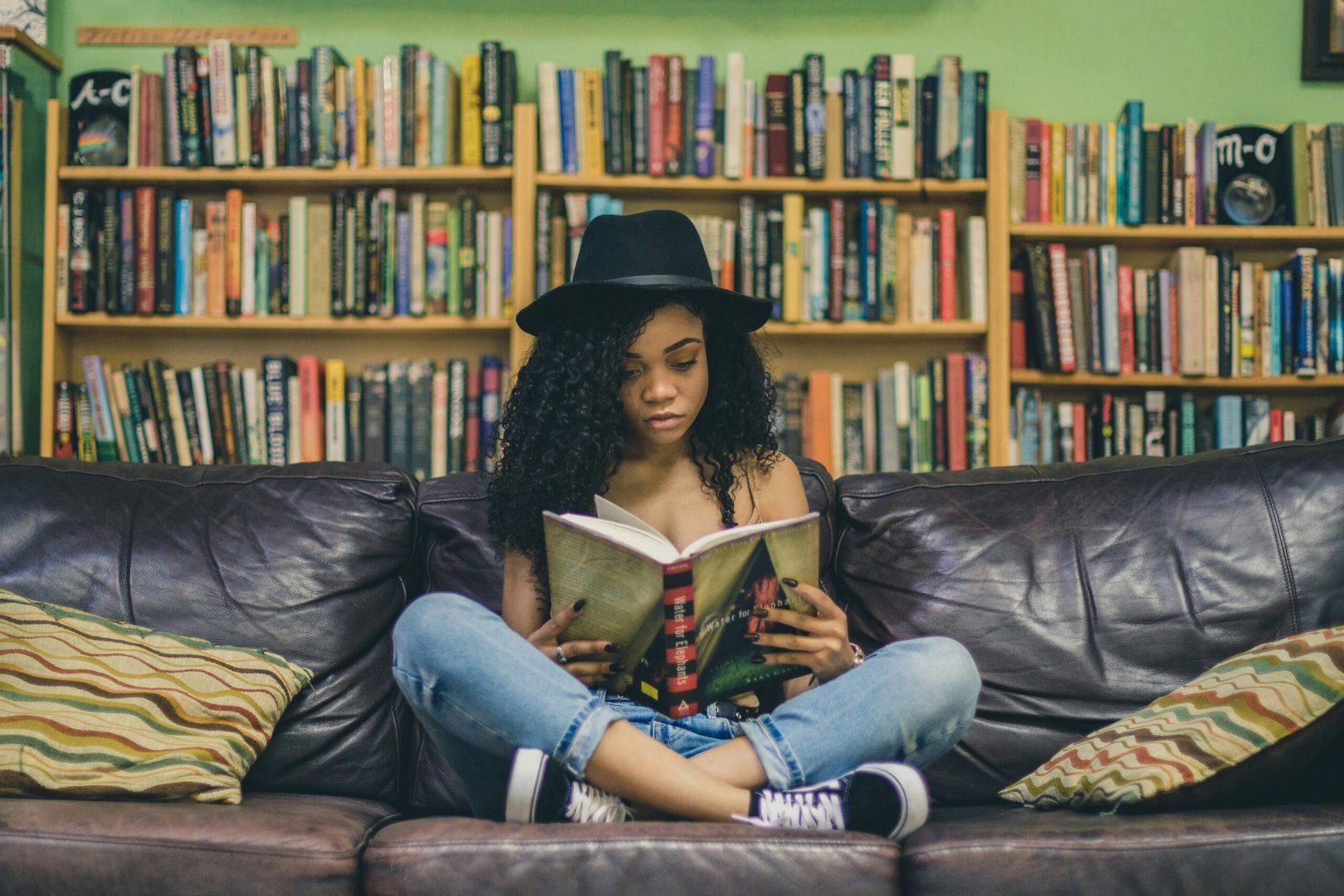
Reading is one of the most powerful skills you can develop — but most people read far slower than they could, spend time on information that doesn’t matter, and then forget what they read a week later. The Triforce Method changes that. It’s a three-part strategy that helps you increase your reading speed, focus on the most important details, and actually remember and use what you’ve learned.
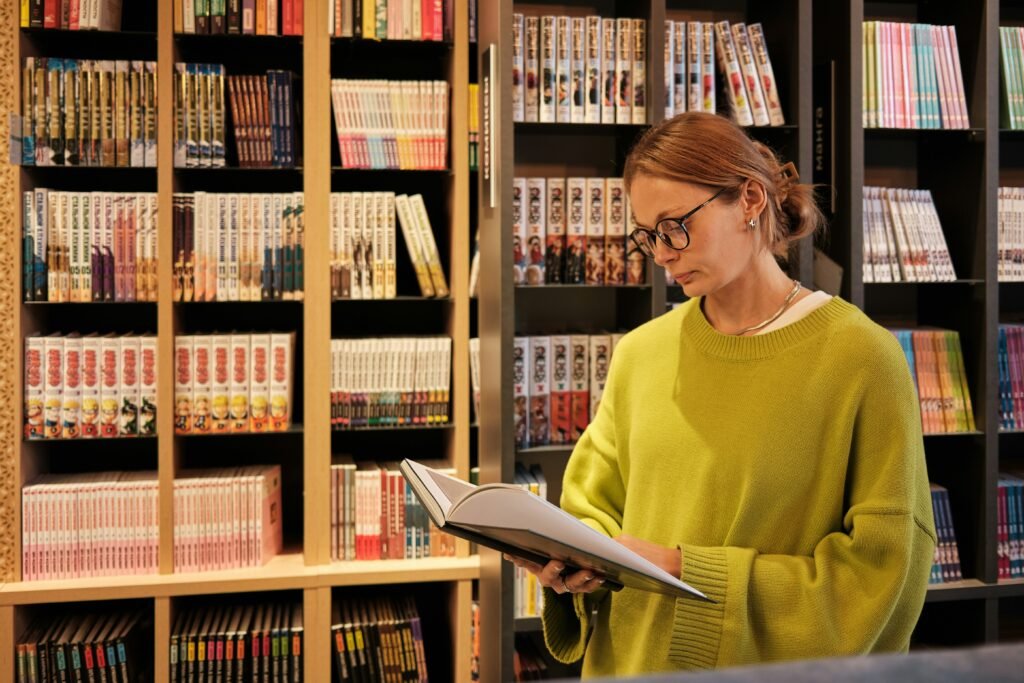
Strategy 1: Increase Your Baseline Reading Speed
The first step is to read faster — but not by rushing. Instead, you’ll train your brain and eyes to process information more efficiently.
1. Remove Your Internal Monologue
Most people “hear” the words in their head when reading. This subvocalization caps your speed to that of normal speech — about 200–250 words per minute. To double your speed, you need to see the words, not hear them.

Think about a stop sign — you don’t sound out “STOP” in your head; you just recognize it instantly. You can train this with tools like Spreeder (free, not sponsored), which flashes text at higher speeds and groups words together. This forces your brain to process visually rather than subvocally.
With practice, this feels natural — the author of this method went from 250 wpm to over 500 wpm in just a short time.
2. Use a Visual Tracker
Your eyes aren’t naturally smooth when moving across text — small jerks and backtracking slow you down. Try this:
- Look at your screen and move your eyes from left to right. Notice the small jitters.
- Now put your finger or a pen in front of you and track it smoothly. Immediately, your motion is more consistent.
A tracker (your finger, a pen, or even a cursor) keeps your eyes moving forward, prevents regression, and lets you maintain speed. Over time, increase your tracking speed. This alone can add another 100+ words per minute to your pace.

Strategy 2: Have a Reading Strategy
Speed means nothing if you waste time on unimportant details. The second step is knowing when to read fast and when to slow down — especially for non-fiction.
The 80/20 Rule
In most non-fiction books, 80% of the value comes from 20% of the content. The rest is often filler, examples, or repetition.
For example, in Atomic Habits, the core lessons are surrounded by stories and case studies. Using the Triforce Method:
- Read most sections quickly (internal monologue removed, visual tracker engaged).
- When you hit a “golden nugget” of advice, slow down, think about it, and absorb it.
The key here: adapt your speed based on content. Reading 700 wpm during a key concept will reduce comprehension — so drop to 500 wpm or less when it matters.
Avoid “highlighting every sentence” syndrome. Focus on what really moves the needle.
Strategy 3: Summarise and Consolidate
Reading faster and smarter means nothing if you immediately forget what you’ve read. The third pillar of the Triforce Method is about retention and application.
Summarising
After each page, summarise it in 1–2 sentences in your own words. Even “nothing important happened here” counts. This habit forces your brain to engage with the material and improves comprehension.
Consolidating
Especially for non-fiction, you must take action on what you read. Learning is about changing behavior, not just collecting ideas.
Example: After reading about habit tracking in Atomic Habits, actually start tracking your habits that day — don’t just file the advice away for “someday.” The author of this method even paused reading for 24 hours to implement changes before continuing.
If you don’t change anything after reading, you haven’t truly learned.
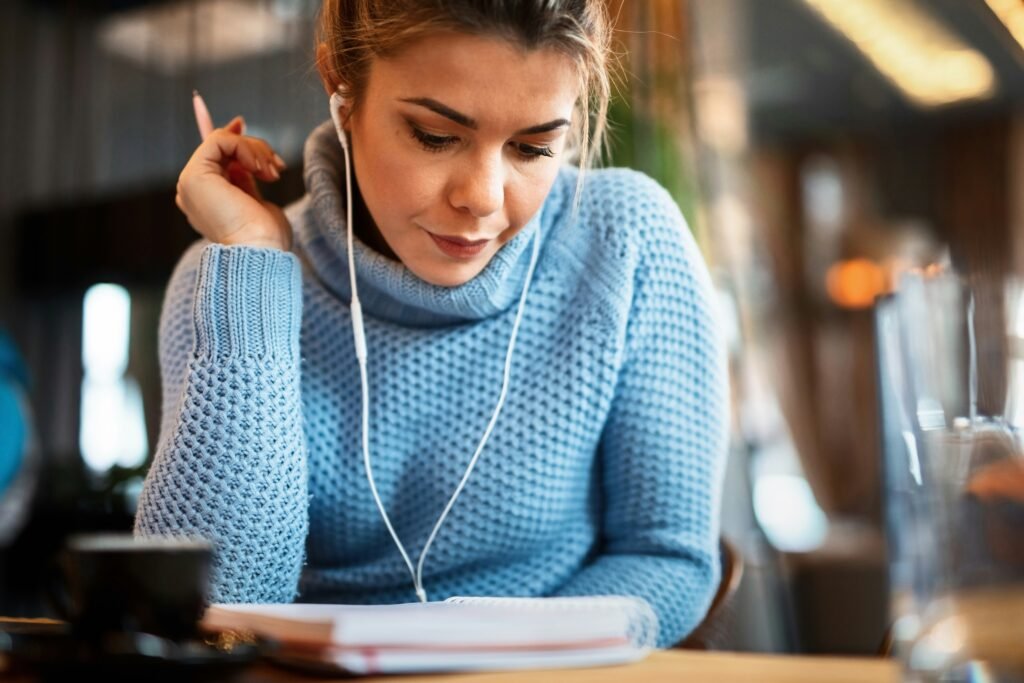
When to Use This Method
- Learning-focused reading: Non-fiction, textbooks, technical guides, exam prep — anytime speed, focus, and retention matter.
- Enjoyment reading: Fiction, poetry, or literature may not require all these techniques — unless you want to increase speed intentionally.
The Bottom Line
The Triforce Method combines:
- Speed – Removing subvocalization + using a visual tracker.
- Strategy – Applying the 80/20 rule and adapting your pace.
- Retention – Summarising and acting on what you read.
With consistent practice, you can double your reading speed, focus only on what matters, and actually remember and use the information.
If you’d like, I can also make a condensed, visually appealing infographic summarizing the three strategies in the Triforce Method so it’s easier to refer back to.
Do you want me to prepare that next?

 Entertainment2 weeks ago
Entertainment2 weeks agoWicked Sequel Disappoints Fans: Audience Verdict on For Good

 News3 weeks ago
News3 weeks agoYolanda Adams Questions Traditional Views on God’s Gender, Audience Reacts

 Entertainment2 weeks ago
Entertainment2 weeks agoAriana & Cynthia Say They’re in a ‘Non‑Demi Curious, Semi‑Binary’ Relationship… WTF Does That Even Mean?

 News3 weeks ago
News3 weeks agoEpstein Files to Be Declassified After Trump Order

 News4 weeks ago
News4 weeks agoTrump Throws Epstein Files at Clinton’s Door

 Entertainment4 weeks ago
Entertainment4 weeks agoAriana Grande’s Red Carpet: When Fans Forget Boundaries

 Entertainment4 weeks ago
Entertainment4 weeks agoKim Kardashian Reportedly Scammed by Psychic Before Failing Bar Exam

 Entertainment3 weeks ago
Entertainment3 weeks agoHollywood’s Kiss or Miss Policy: Why Saying No Got Neal McDonough Blackballed


